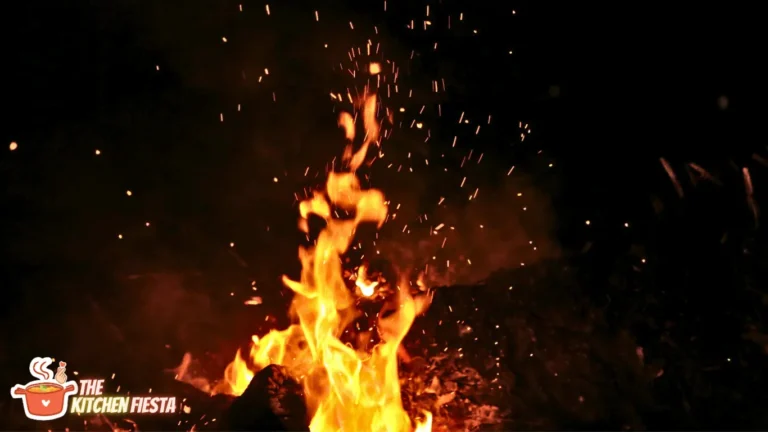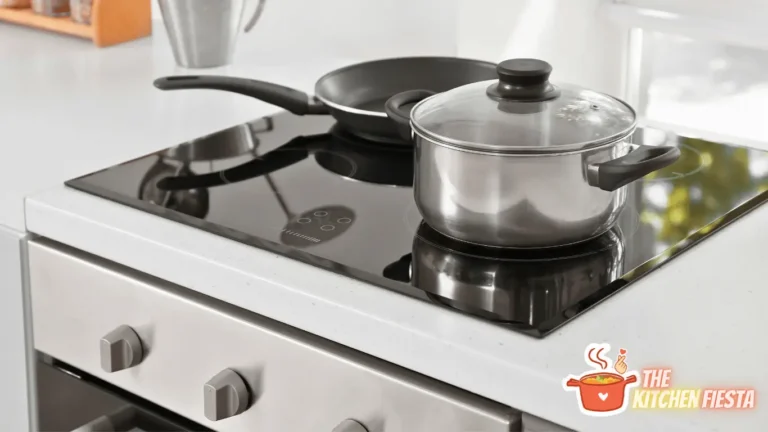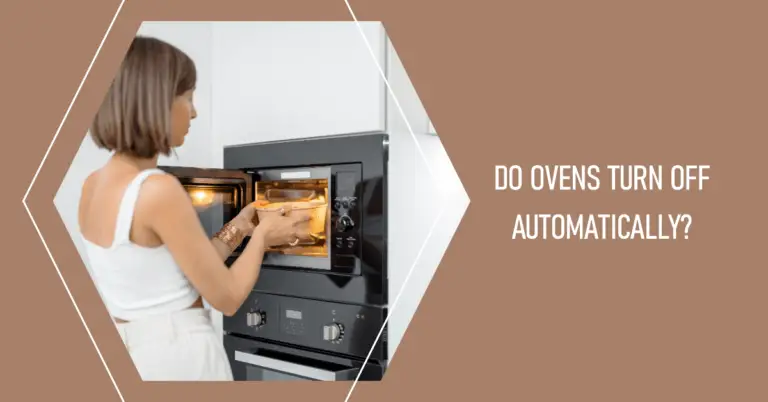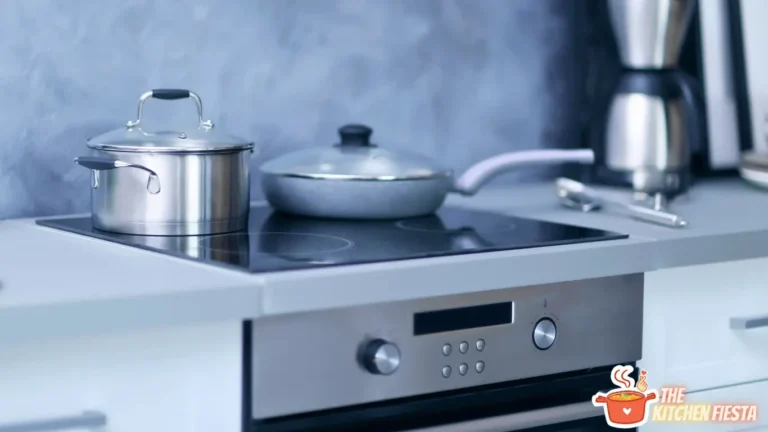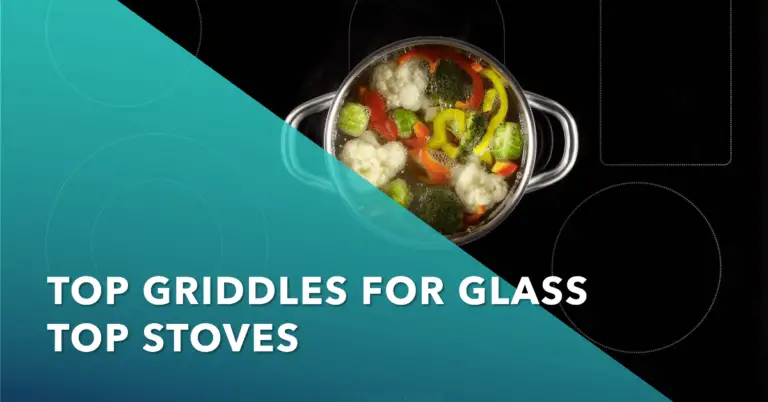Is Simmer Lower Than Low? Decoding Simmering Temperatures
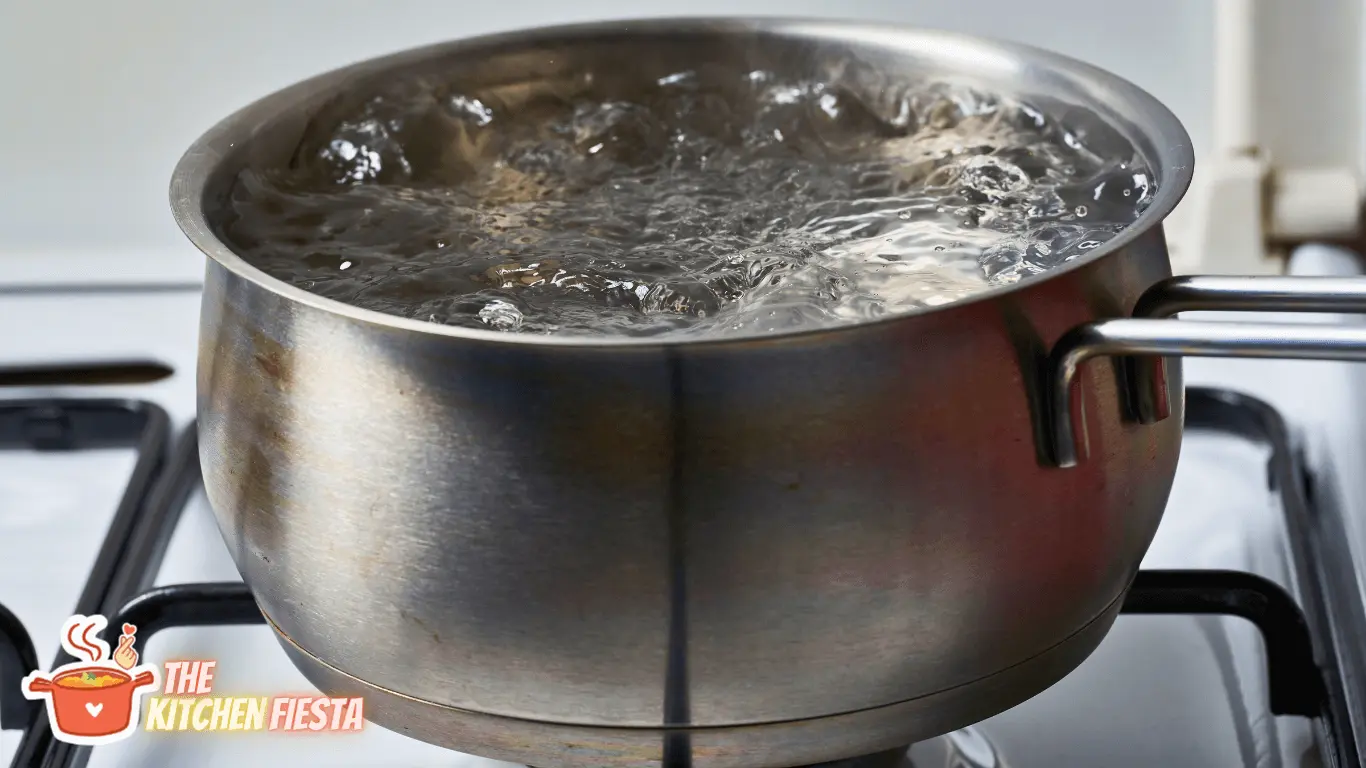
Cooking can seem like a mysterious art to those just learning their way around the kitchen. Terms like “simmer” and “low heat” are thrown around in recipes, often without much explanation of what they really mean. If you’ve ever wondered what temperature is considered a simmer, or whether simmer is lower than low heat, you’re not alone!
In this article, we’ll demystify simmering by answering the key question: Is simmer lower than low heat?
The short answer is: Yes, simmering happens at a lower temperature than low heat on most stovetops. But the details are a bit more nuanced, as simmering indicates a specific gentle bubbling action that occurs below the boiling point of water. The exact simmering temperature can vary based on factors like altitude and stove settings.
We’ll cover all the specifics including:
- What is simmering and how it differs from boiling
- The temperature range for proper simmering
- How to achieve low vs. rapid simmering
- Simmering tips for soups, sauces, braises and more
- Common mistakes and how to troubleshoot them
- The difference between simmer and true low heat
- And more!
So whether you’re looking to perfect your soup or braise game, or just want to better understand this essential yet often confusing cooking method, read on for the full guide to simmering.
What is Simmering?
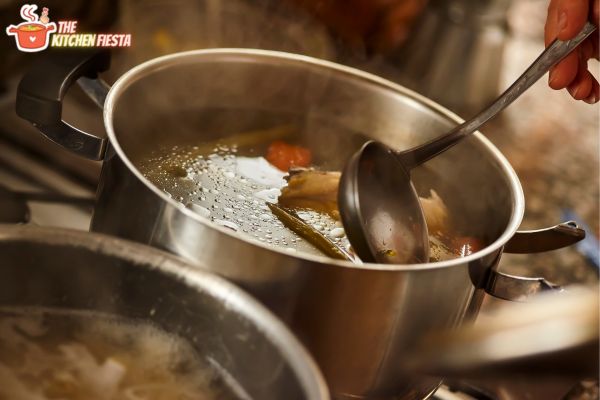
Simmering is a moist heat cooking method that involves gently cooking food at a temperature slightly below the boiling point of water. The key characteristics of simmering include:
- Temperatures between 180-205°F (82-96°C). This is below water’s sea level boiling point of 212°F (100°C).
- Gentle bubbling action. The liquid lightly bubbles, with bubbles just breaking the surface.
- Slower cooking times. Simmering cooks food more gently and slower than boiling.
Simmering is commonly used for cooking methods like:
- Braising tougher cuts of meat: The slow simmer gently breaks down connective tissue.
- Making soups and sauces: The lower heat allows you to cook these without scorching or boiling over.
- Poaching delicate proteins: Gentle simmering cooks fish and eggs without overcooking.
- Stewing fruits and vegetables: A simmer softens veggies and melds flavors.
So in essence, simmering allows for gentle cooking just below the boiling point. This prevents food from being jostled around too violently or cooking too quickly.
What Temperature is Considered Simmering?
As noted above, the temperature range for simmering is typically between 180-205°F (82-96°C). This allows for gentle bubbling without reaching a full rolling boil.
However, the exact simmering temperature can vary based on:
- Altitude: Water boils at lower temperatures at higher altitudes. In Denver, simmering may happen between 175-200°F.
- Stovetop and burner variances: Different stovetop materials (gas vs. electric) and burner sizes impact how they transfer heat.
- Personal preference: Some recipes may call for a lower or higher simmer temp for certain effects.
- Rapid vs. low simmer: More on this below!
So simmering temperatures aren’t one precise number, but rather a range depending on your environment and the desired cooking effect.
How Does Simmering Differ From Boiling?
Simmering and boiling may seem similar at first glance, but they are distinctly different cooking methods. Here are the key differences:
Boiling
- 212°F (100°C) and up: The boiling point of water.
- Rapid, agitated bubbling: Bubbles are rapidly rising to the surface.
- Higher heat cooking method: Food is jostled around more violently.
- Faster cooking times: Food cooks quicker than simmering.
- Higher risk of boiling over: Foaming and motion can cause it to boil over if heat is too high.
Simmering
- 180-205°F (82-96°C): Below the boiling point of water.
- Gentle bubbling: Bubbles lightly break the surface at a slower pace.
- Lower heat cooking method: Food cooks gentler than boiling.
- Slower cooking times: Results in tenderization from longer cooking.
- Lower risk of boiling over: The gentle bubbling is less likely to boil over.
So in summary, boiling happens at a higher temperature with rapid bubbling, while simmering occurs just below boiling point, with light bubbling action.
What is a Low Simmer?
Within the 180-205°F (82-96°C) simmer range, you can further categorize simmering into a low simmer or a rapid simmer.
A low simmer is at the lower end of the temperature scale, around 180-195°F (82-90°C). At a low simmer:
- Bubbles are very lazily breaking the surface at a slow pace.
- Heat is just high enough to maintain gentle activity.
- Cooking progresses at a slower pace, which is great for all-day braising.
Recipes may call for a low simmer to cook something extra gently, like eggs for poaching or a braise in the oven. This lower heat prevents delicate ingredients from overcooking.
What is a Rapid Simmer?
A rapid simmer is at the upper end of the simmer range around 200-205°F (93-96°C). It is characterized by:
- Bubbles breaking the surface more frequently, while still not reaching a rolling boil.
- Heat is just below boiling to maintain active bubbling.
- Cooking progresses faster than a low simmer.
Recipes may call for a rapid simmer to reduce liquids faster, like when making a sauce. The more active bubbling causes faster evaporation. But the lower heat still prevents burning or boiling over.
Tips for Achieving the Perfect Simmer
Achieving the ideal simmer for your recipe takes some finesse. Here are tips for success:
- Start by bringing the liquid to a boil over medium-high heat. This allows liquids to combine and flavors to meld.
- Once boiling, reduce heat to low or medium-low to achieve a gentle simmer. Monitor closely and adjust heat as needed.
- Use a lid slightly ajar. This lets you see the bubbling action to assess the simmer.
- Adjust the heat to maintain a gentle bubbling. If it’s bubbling too gently, increase heat slightly. If boiling over, lower heat.
- Stir regularly to prevent scorching or burning on the bottom, especially for thicker mixtures.
- Allow time for the simmer to reduce and thicken sauces, if that’s your desired outcome.
It takes practice to achieve the perfect simmer for your stove and recipes. Pay close attention to bubbling intensity and make heat adjustments until you dial it in!
How is Simmer Different from Low Heat?
With all this talk of simmering temperatures, you may be wondering how it compares to plain old low heat. Here are the main differences:
- Simmering always involves some gentle bubbling. Low heat may show no bubbles at all.
- What constitutes low heat can vary widely between stoves. It depends on burner size, material, and more.
- Simmering happens below boiling point, around 180-205°F (82-96°C). Low heat can sometimes be hotter.
- “Low” may register at different temperature settings on different stoves. “Simmer” is defined by bubbling intensity, not a stove knob label.
- A simmer requires tuning heat specifically to achieve light bubbling. Low heat settings don’t always guarantee this effect.
So in essence, simmering requires carefully regulating heat to maintain bubbles, whereas low heat is simply the lowest setting. The two may align on some stoves, but a true simmer requires more finesse.
Using a Simmer For Different Foods
Once you’ve mastered the art of simmering, this versatile cooking method can be applied to a wide range of ingredients and dishes!
- Soups: A gentle simmer helps meld flavors and achieve the right soup consistency without scorching.
- Sauces: Simmering reduces and thickens sauces without separation or burning.
- Stews: Long, low simmers result in ultra-tender chunks of meat and vegetables.
- Braises: Simmering tough cuts like shoulder or brisket turns them fall-apart tender.
- Poached fish: Delicate proteins like fish and eggs cook gently without overcooking.
- Vegetables: Simmering softens veggies like potatoes, carrots or beets perfectly.
- Rice/grains: Simmering allows grains to fully absorb liquid and become tender.
The possibilities are endless! Adjust your simmer higher or lower as needed to achieve desired effects with various ingredients.
Common Simmering Mistakes and How to Avoid Them
It’s easy to make mistakes when first learning how to simmer. Watch out for these common mishaps:
- Letting the liquid boil over: Use a large enough pot with ample headspace and stir regularly.
- Not reducing heat enough: If bubbles are too rapid, lower heat incrementally until simmering gently.
- Cooking over too high a heat: Too-vigorous bubbling can burn food. Keep heat lower.
- Not monitoring temperature: Keep an eye on bubbles and adjust heat accordingly.
- Cooking with the lid always on: Open occasionally to assess doneness and bubbling.
- Neglecting to stir: Stir thicker mixtures often so nothing scorches on the bottom.
- Simmering too long: Check food for doneness early and often to avoid overcooking.
With attention and practice, you’ll learn how to adjust your heat and variables to troubleshoot any simmering issues.
Simmering Tips and Tricks
Here are some extra pointers for simmering success:
- Use a lid slightly ajar to monitor bubbling.
- Stir frequently to ensure even cooking and prevent scorching.
- Add extra liquid if a sauce or soup reduces too far.
- Use a heat diffuser if your stove runs hot to prevent burning.
- For thicker mixtures, lower heat and stir often.
- Tweak heat up or down a notch for your desired bubbling action.
- For longer braises, use low heat and keep liquid at a lazy simmer.
- Adjust seasonings at the end since simmering concentrates flavors.
Mastering the art of simmering just takes practice! In no time, you’ll become a pro at achieving the perfect gentle bubble.
Conclusion
We’ve covered a lot of simmering specifics here, from temperature ranges to bubble intensity and more. The key points to remember are:
- Simmering happens below boiling point, around 180-205°F (82-96°C)
- It involves gentle bubbling action, not a rolling boil
- Low simmer is on the cooler end, rapid simmer hotter
- Achieving the right simmer requires adjusting heat and monitoring
- It’s a gentler cooking method than boiling or low heat
- Simmering works well for braises, soups, sauces, poaching, and more
Hopefully you now have clarity on what simmering entails and how to accomplish it. When a recipe calls for a simmer, you’ll know precisely what kind of bubbling action and temperature range to target on your stove. Happy simmering!

